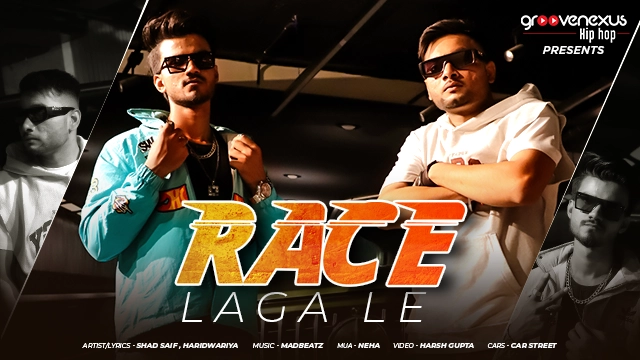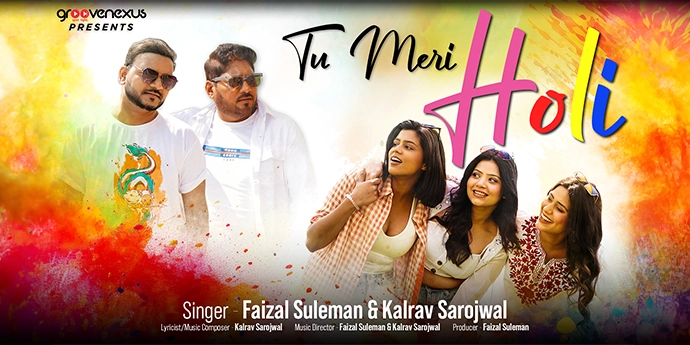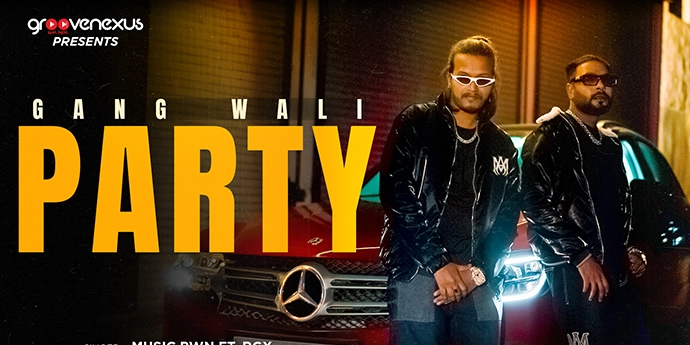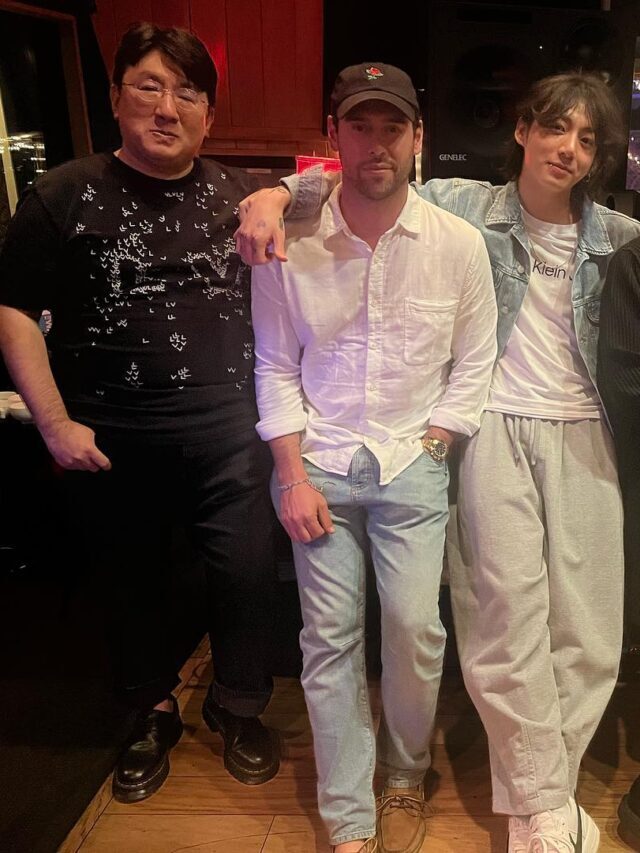Rock music has spawned countless subgenres since the 1950s, including classic, glam, and alternative rock. High energy and often rebellious attitude altogether characterise this genre. Electric guitars, bass guitars, drums, and vocals are used here.

It has also had a significant cultural impact, serving as a vehicle for social commentary, political expression, and individual identity. Despite changes in technology and popular taste, rock music remains a vital force in contemporary music and inspires new generations.
Types of Rock Music Genres
Listed below are popular rock genres; however, there may be variations regarding the subgenres and their classifications.
Table of Contents
1. Alternative Rock
Alternative rock is a genre of rock music that emerged in the 1980s and 1990s as an alternative to mainstream rock music. Its characteristics are the diverse influences, including punk rock, indie rock, grunge, and post-punk.
Distorted guitar sounds, unconventional song structures, introspective and sometimes politically charged lyrics are seen in this genre. It is experimental in approach to music-making and often includes elements of electronic music and other genres.
Some of the most famous alternative rock artists include Nirvana, Radiohead, The Smashing Pumpkins, Pearl Jam, and Sonic Youth.
2. Rock n Roll
Rock and roll (also known as rock ‘n’ roll or simply rock) originated in the United States in the early 1950s. Electric guitars, drums, bass, and a strong backbeat and simple, catchy melodies chiefly characterize rock music.
Rock and roll draw its basic influences from various musical genres, including blues, jazz, country, rhythm, and blues. High energy, rebellious attitude, and celebration of youth and freedom is what characterises this field. The lyrics frequently reflect the social and cultural climate of the time, which included themes of love, rebellion, and the rewards and difficulties of growing up.
Some famous rock and roll artists include Elvis Presley, Chuck Berry, Little Richard, Buddy Holly, and Jerry Lee Lewis.
Read Here: The Iconic Rock and Roll Artists That Defined a Generation
3. Blues Rock
Blues-rock is a genre of rock music featuring rock and roll elements. Usually the use of electric guitar, bass, and drums with harmonica and keyboard instruments is evident here.
Blues rock draws its musical influences from traditional blues music but often adds elements of rock, including distorted guitar riffs and heavier drumbeats. The lyrics of blues rock songs often reflect the themes of blues music, including heartbreak, loneliness, and life struggles.
Some of the most famous blues-rock artists include Jimi Hendrix, Eric Clapton, Stevie Ray Vaughan, Led Zeppelin, and The Rolling Stones.
Alligator Records, Severn Records, Chess Records (MCA), Delmark Records, NorthernBlues Music, Fat Possum Records, and Vanguard Records have nurtured contemporary blues music.
4. Indie Rock
Indie Rock music’s approach to music-making and distribution is ‘independent, do-it-yourself (DIY).’ Typically, Indie Rock produces major record labels independently and often features a lo-fi sound, emphasizing raw, unpolished recordings.
Musical influences from various genres, include punk, post-punk, and garage rock is drawn here. It often features jangly guitar riffs, catchy melodies, and introspective lyrics.
Artists like The Smiths, Sonic Youth, Pixies, Pavement, and Neutral Milk Hotel are famous faces of the Indie rock genre.
5. Punk Rock
Punk rock is a genre that emerged as a reaction to mainstream rock music and the social and political climate of the 1970s. Its raw and fast-paced sound, heavily distorted guitar riffs, and aggressive vocals characterize it.
Moreover, this genre draws its influences from various genres, including garage rock, rock and roll, and early rockabilly. DIY ethos, anti-establishment attitude, and politically charged lyrics is its speciality. This genre addressed issues such as social inequality, the working class’s oppression, and government corruption.
Some of the most famous punk rock bands include The Ramones, Sex Pistols, The Clash, Black Flag, and Dead Kennedys.
6. Psychedelic Rock
The use of psychedelic and hallucinogenic imagery, sounds, and lyrics are the characteristics of Psychedelic Rock. Distinctive sound featuring heavily distorted and reverberated guitar, extended instrumental passages, and experimental recording techniques unquestionably define this genre.
The lyrics of psychedelic rock songs often reflect the social and cultural upheaval of the time, with anti-establishment, drug use, and personal freedom themes. Some of the most famous psychedelic rock bands include The Beatles, Pink Floyd, The Doors, Jimi Hendrix Experience, Jefferson Airplane, and Grateful Dead.
7. Glam Rock
Glam rock is a genre of rock music known by names such as David Bowie, T. Rex, and Roxy Music, among others. Emphatically its flamboyant fashion, theatrical performances, and androgynous image are the major characteristics.
Glam Rock is known for its catchy hooks, infectious melodies, and glamorously over-the-top performances. Basically, themes of sexuality, gender identity, and social rebellion are covered in this rock genre.
Some of the most famous glam rock artists include David Bowie, Queen, Alice Cooper, Kiss, and Gary Glitter.
8. Folk Rock
Folk rock blends traditional folk music with rock and roll elements. This rock genre features acoustic guitar and other folk instruments, such as banjos, mandolins, fiddles, electric guitars, bass, and drums.
Some famous folk-rock artists include Bob Dylan, Simon & Garfunkel, The Byrds, Crosby, Stills, Nash & Young, and Joni Mitchell.
9. Garage Rock
Garage rock music is often recorded in a home or small studio setting. The name “garage rock” derives from the idea that many bands who played this style of music were often self-taught and started practicing in their garages.
It typically features fast-paced guitar riffs, simple song structures, and energetic, sometimes chaotic performances. Some of the most famous garage rock artists include The Sonics, The Stooges, The Seeds, and The 13th Floor Elevators.
10. Electronic Rock
Electronic rock, also known as electro-rock or synth-rock, emerged in the late 1970s and early 1980s. Its electronic instruments and production techniques combined with rock instruments such as guitars and drums characterize this genre.
Some of the most famous electronic rock artists include Depeche Mode, The Killers, Nine Inch Nails, Radiohead, and Muse.
11. Instrumental Rock
Instrumental rock usually features virtuosic guitar solos, intricate bass lines, and complex drumming patterns. The instrumental rock genre draws its influences from jazz, blues, and classical music.
It often showcases the musicians’ technical skill and improvisational abilities and can range from soft and mellow to intense and aggressive. Joe Satriani, Steve Vai, Jeff Beck, Yngwie Malmsteen, and Buckethead are a handful of Instrumental rock artists.
12. Jazz Rock
Jazz-rock, also known as fusion, is a rock genre that combines elements of jazz and rock music. Complex harmonies, improvisation, and fusion of different musical styles are the characteristics of this genre which saw its emergence in the late 1960s and early 1970s.
Eventually jazz-rock draws its influences from various genres, including jazz, rock, funk, and soul. It often incorporates electronic instruments such as synthesizers, electric pianos, and elements of world music.
Miles Davis, Herbie Hancock, Weather Report, and Mahavishnu Orchestra are famous names of the jazz genre.
13. Gothic Rock
Gothic Rock characterises dark, atmospheric sound, which often features haunting melodies, atmospheric keyboards, and introspective lyrics.
It draws its influences from various genres, including post-punk, punk rock, and gothic literature. The gothic genre features driving basslines, heavy drumming, and guitar riffs, eventually focusing on creating a mood and atmosphere.
Gothic rock artists include The Cure, Siouxsie, and the Banshees, Bauhaus, and Joy Division.
14. Jam Rock
Jam rock is a genre of rock music which is improvisational and experimental nature. It is associated with the jam band scene, consisting of bands prioritizing extended live improvisation and collaboration.
It typically features extended instrumental passages, with musicians taking turns to showcase their skills in solos and improvisation. The songs can often be long, with many exceeding ten minutes, and may feature unconventional song structures.
Some of the most famous jam rock bands include Phish, The Grateful Dead, The Allman Brothers Band, and Umphrey’s McGee.
15. Geek Rock
Geek rock focuses on geek culture, including science fiction, fantasy, and video games. The geek rock genre draws its musical influences from various genres, including punk, indie, and pop. It is one of the latest genres emerged in the 20th century.
They Might Be Giants, Jonathan Coulton, Nerf Herder, and MC Frontalot are well-known in Geek rock.
16. Classic Rock
Classic rock emerged in the late 1960s and early 1970s. The classic rock genre generally refers to the music produced by rock bands from the 1960s to the 1980s, although the term can also include music from other stylistically similar eras.
Classic rock is especially known for its emphasis on guitar and drum-based instrumentation. It often features long instrumental solos and extended improvisation. Famous names in this genre include The Beatles, The Rolling Stones, Led Zeppelin, Pink Floyd, Queen, and The Who.
Conclusion
Rock music has profoundly impacted the world of music and beyond. From its humble beginnings in the 1950s to its present status as a global phenomenon, rock music has certainly proved to be a genre that constantly evolves and adapts to changing times. Its distinctive sound and rebellious attitude have made it a cultural force that has stood the test of time.
Whether it’s classic, alternative, or gothic, rock music has something for everyone. As long as there are guitars, drums, and amplifiers, rock music will continue to be a driving force in music and popular culture.









